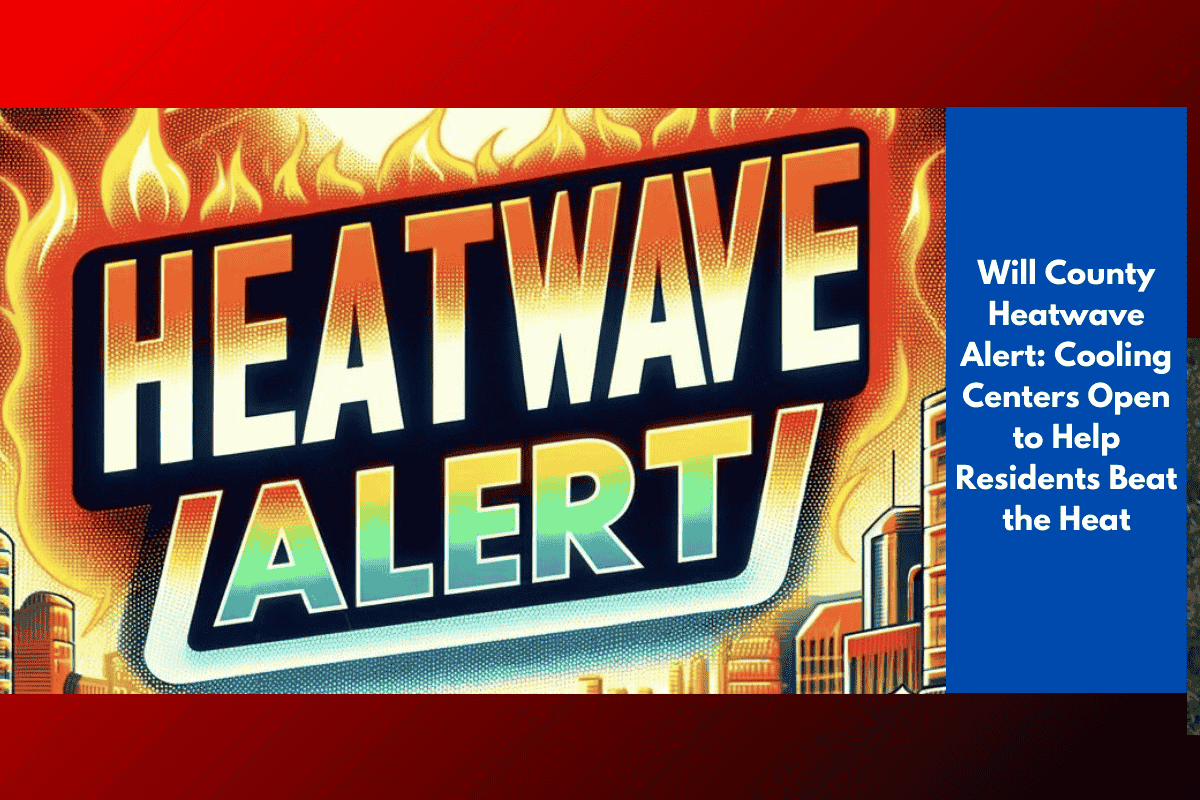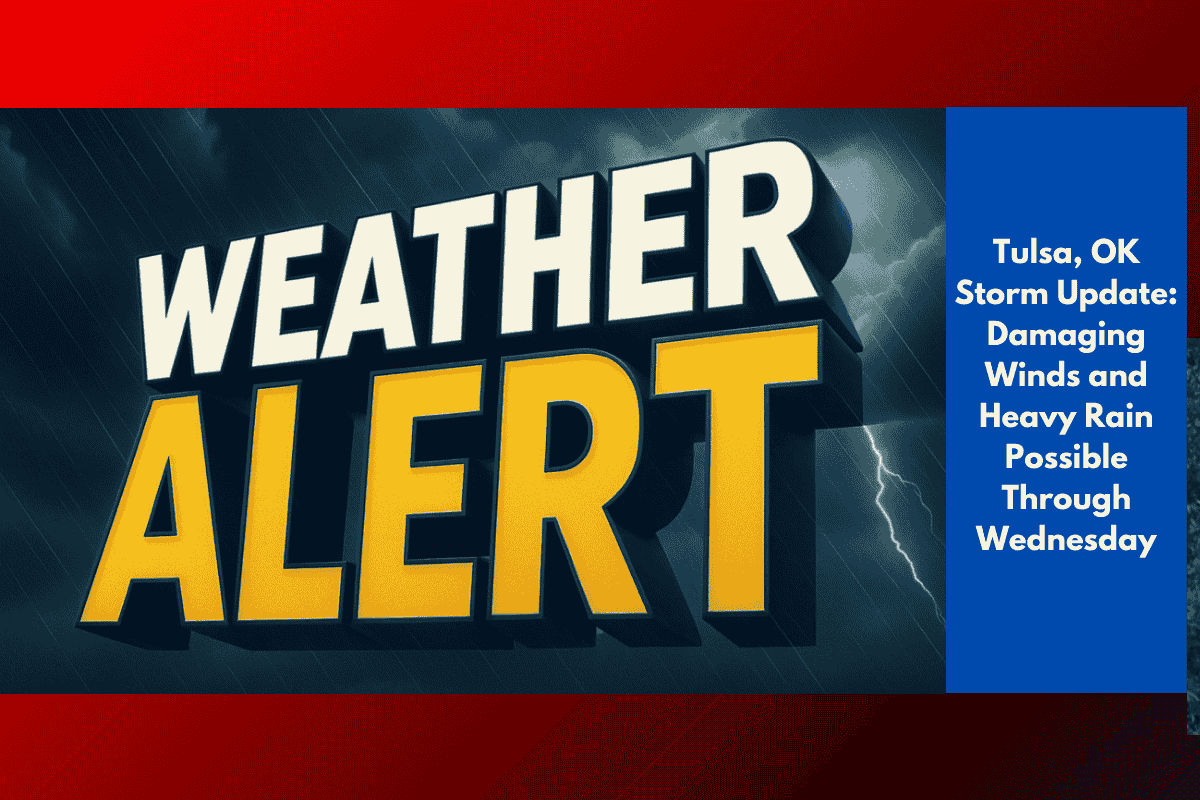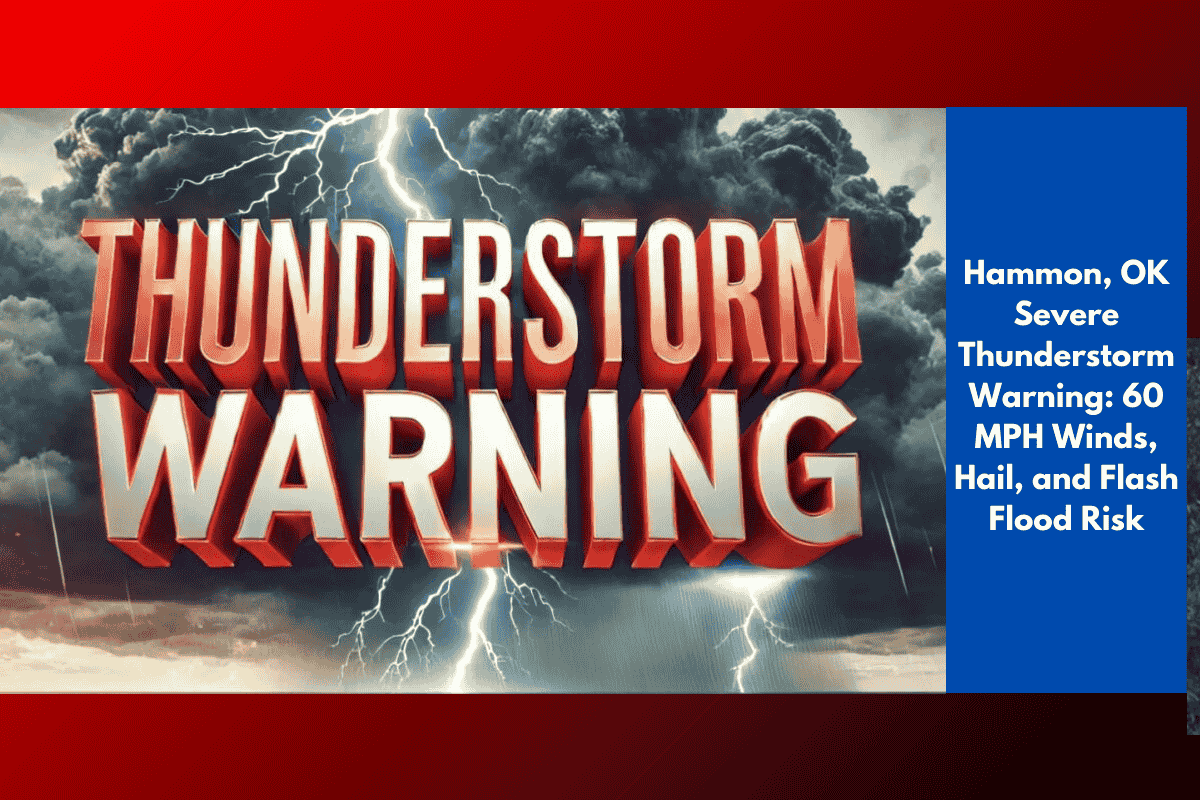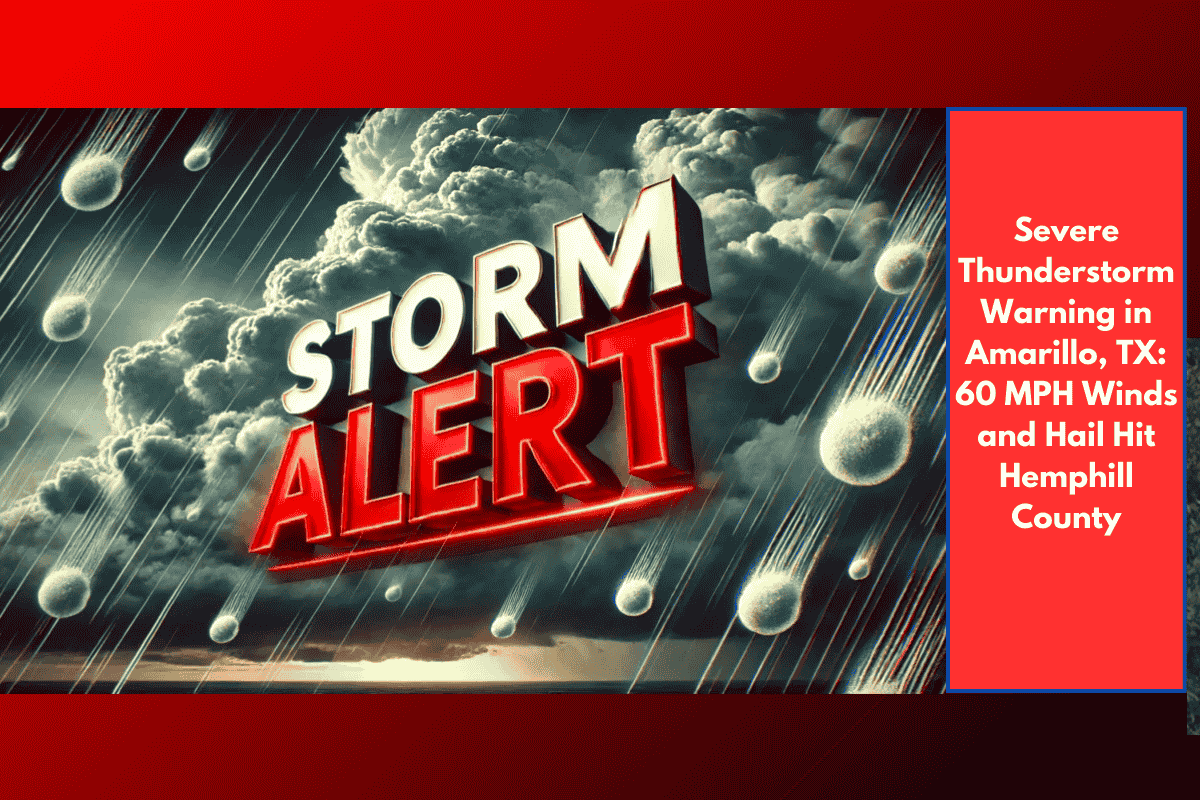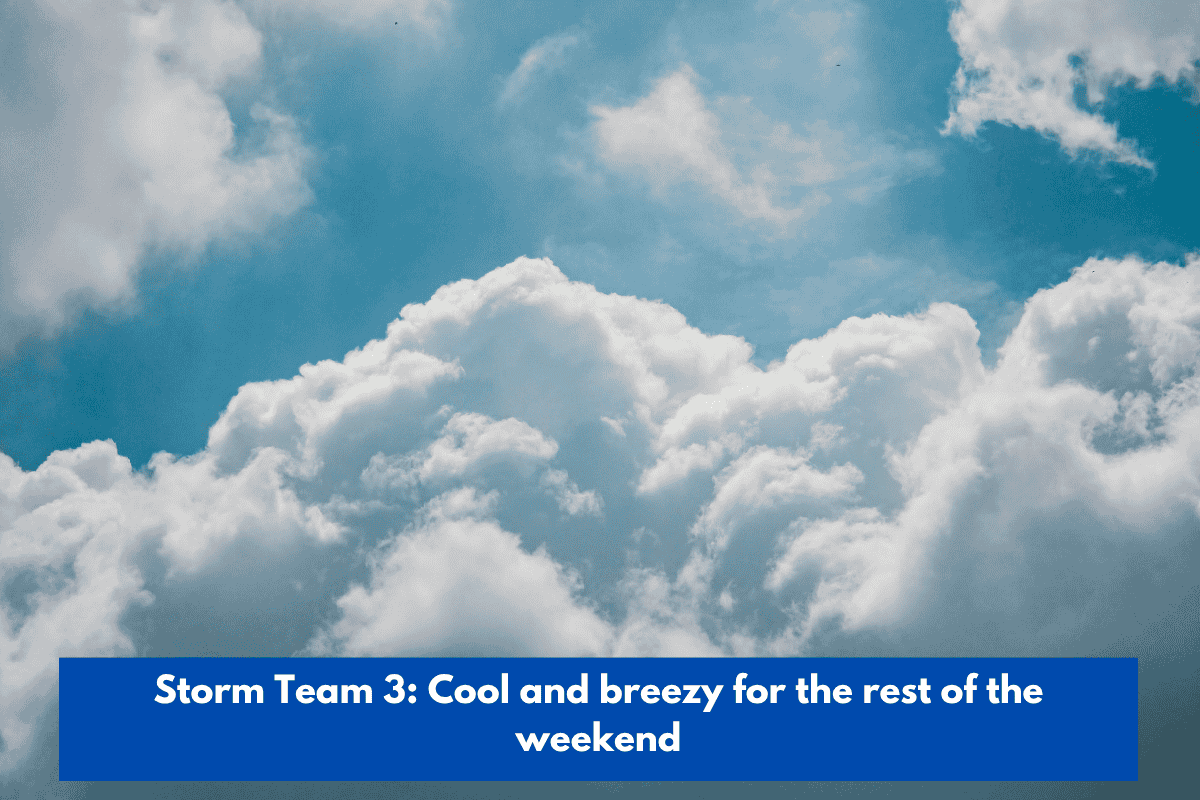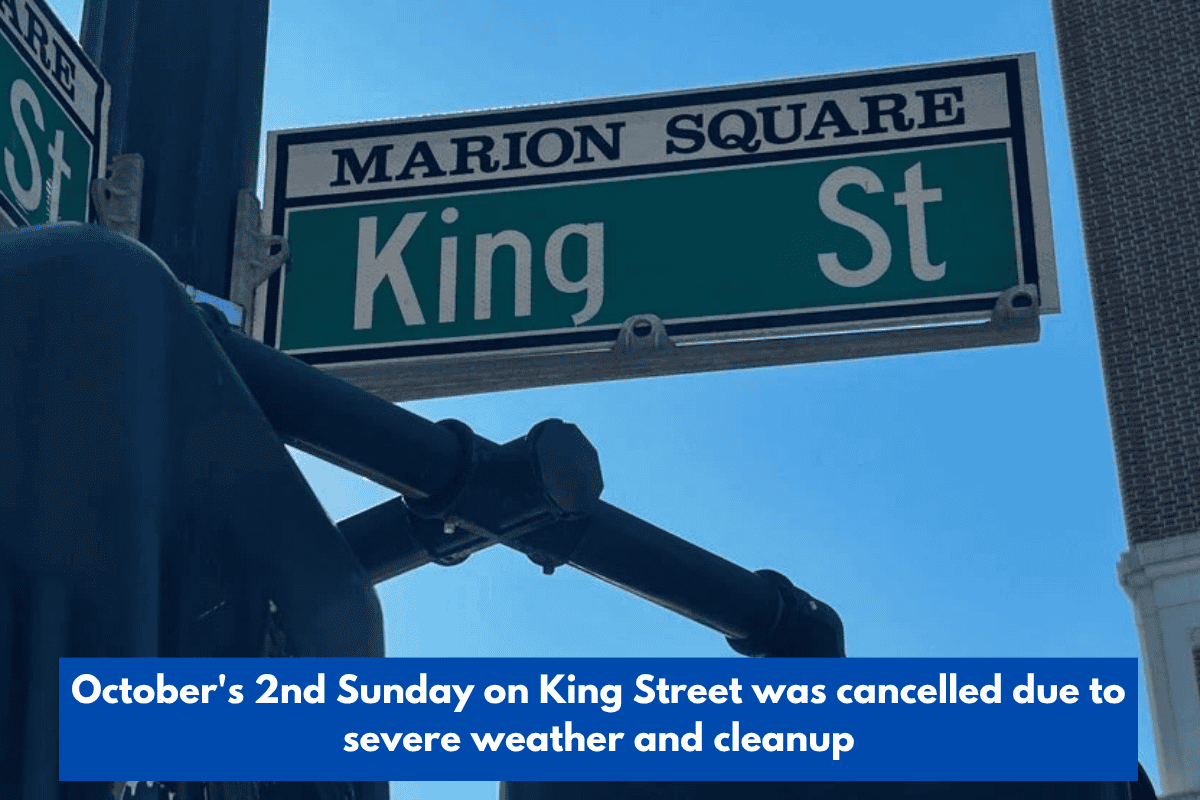BOULDER, Colorado – A massive solar eruption captured early Wednesday morning raced through space at over 3 million miles per hour, according to space weather experts. But despite the impressive speed and size, this coronal mass ejection (CME) is not headed toward Earth, and will not trigger any geomagnetic effects or Northern Lights displays this weekend.
What Happened on the Sun?
The NOAA Space Weather Prediction Center (SWPC) in Boulder reported the CME occurred around 12:30 p.m. MDT on Wednesday, August 21. The eruption came from the far side of the Sun, meaning it was pointed away from Earth and is traveling in the opposite direction.
Though visually dramatic and scientifically significant, this particular solar event poses no risk to Earth’s magnetic field, communication systems, or satellites.
Will This Lead to Northern Lights?
No, forecasters say this CME will not create any auroras or Northern Lights this weekend. Because the eruption was directed away from our planet, there is no chance of geomagnetic storms, which are the usual cause of auroras at high latitudes.
So, while skywatchers in places like Minnesota, Montana, or Canada may have hoped for a light show, this event won’t deliver one.
What’s Next? Future Activity Still Possible
Scientists believe the CME likely originated from a solar active region that is currently out of view. This region may rotate into Earth’s direction in the next 3 to 4 days, which could increase the chance of future eruptions that do face Earth.
The Sun is currently in an active phase of its 11-year solar cycle, so it’s not unusual to see multiple flares or CMEs over short periods. The SWPC and other space weather monitoring teams are keeping a close eye on the Sun’s surface to track any new developments that might pose a threat or lead to auroras in the coming days or weeks.
While this week’s solar eruption was impressive in speed and scale, it’s a no-show for Earth, meaning no Northern Lights, no signal disruptions, and no geomagnetic impact. But with solar activity on the rise, space weather experts will continue monitoring — and aurora fans should stay tuned for possible viewing chances in the near future.



